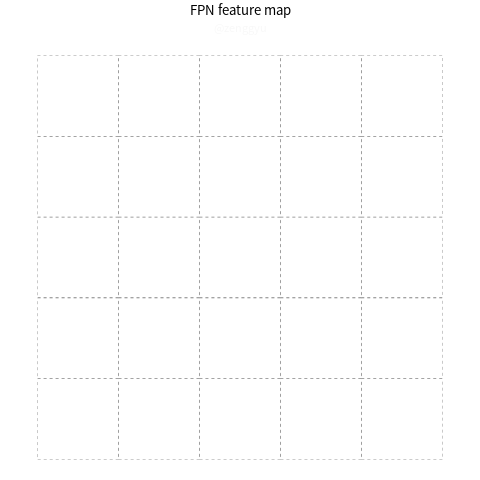Beyond RetinaNet and Mask R-CNN: Single-shot Instance Segmentation with RetinaMask
Introduction
I have been participating in a computer vision project whose goal is to measure visual similarity among various objects. At the beginning, I tried to use an object detector called RetinaNet to crop out target objects in images before using another network to compute the similarity metric. By doing this, the noise presented in the background should be reduced. However, this approach does not work well in all circumstances, especially when it comes to long/thin objects that are non-vertical/horizontal. This could be attributed to the fact that there is still a large area of background around the target.
To improve the performance, I think it is necessary to use an instance segmentation system in place of the object detector so as to get rid of background more thoroughly. After some searching, I learned that Mask R-CNN is a state-of-the-art framework for instance segmentation. But then, I also discovered that Gaiser and Liscio (2018) did some great work by combining RetinaNet and Mask R-CNN to create an improved version of Mask R-CNN (repo), which is named RetinaMask in a recent paper by Fu, Shvets, and Berg (2019)1. By writing this post, I hope to help you develop a better understanding of how RetinaMask works.
1 Some notes: I wasn’t aware of this paper when I started writing this post. But after reading it, I found it to be very similar to the Mask R-CNN implementation by Gaiser and Liscio (2018). RetinaMask is a cool name, so I’ll just use it in the following text.
Note that you should know enough of RetinaNet to fully understand this post; I refer interested readers to a previous post that explains RetinaNet in detail.
Update: I have opensourced a project that aims to segment cutting tools from images using RetinaMask.
The architecture of RetinaMask
The architecture of RetinaMask is shown in Figure 1 . Note that the
The ResNet base network, the feature pyramid network (FPN), the classification subnet and the regression subnet are identical to those of RetinaNet. Additionally, there is a mask subnet for mask prediction. Note that in this version, the subnets are directly attached to the FPN outputs (the green feature maps in the figure); this is unlike the original Mask R-CNN, where these subnets are attached to the outputs of region proposal network (RPN).
The classification subnet together with the regression subnet gives a number of bounding box predictions. Each bounding box represents a region of interest (RoI) that likely contains an instance of a certain class. Based on these predictions, the mask subnet uses a technique called RoIAlign to extract a feature map from the FPN output for each RoI, and finally applies a fully convolutional network (FCN) to predict the mask. The level (
where
In the following sections, I will introduce the key components of RetinaMask that is missing in RetinaNet.
RoIAlign
When performing instance segmentation, RetinaMask does not directly predict a mask that covers the whole image. Instead, it predicts one mask for each RoI that likely contains an object. To this end, for each RoI, we need to obtain a corresponding feature map to feed to the mask subnet. RoIAlign is a technique for such a purpose.
Recall that RetinaNet uses a feature pyramid network to extract feature maps of an entire image. These feature maps are then fed to the classification subnet and the regression subnet to make bounding box predictions. When building RetinaMask on top of RetinaNet, the bounding box predictions can be used to define RoIs.
The process of RoIAlign is shown in Figure 2 . By re-scaling a bounding box and projecting it to an FPN feature map, we get a corresponding region on the feature map. To obtain a new feature map within this region, we first determine a resolution. In the original paper (He et al. 2017), the resolution is set to
Finally, by max pooling the sampling points within each grid cell, we get the RoI’s feature map. Note that this process is not shown in Figure 2 ; but in essence, max pooling the sampling points means choosing the point with the maximum value and use that as the feature value of the grid cell. Note also that the resulting feature map has a fixed size of
The mask subnet
After RoIAlign, each RoI feature map goes into the mask subnet ( Figure 1 ), which is an FCN. In the original paper (He et al. 2017), the FCN begins with four
2 The Keras-Maskrcnn implementation (Gaiser and Liscio 2018) actually uses upsampling + convolution instead of deconvolution in this step. The intuition is explained in (Odena, Dumoulin, and Olah 2016).
Computing the Loss
The mask target of an RoI is the intersection between the RoI and its associated ground-truth mask. Note that it should be scaled down to the same size as the mask subnet’s output (i.e.,
The loss function for RetinaMask is a multi-task loss that combines classification loss, localization loss and mask loss:
The classiciation loss
where
Mask prediction
At test time, the mask subnet is only applied to the top

